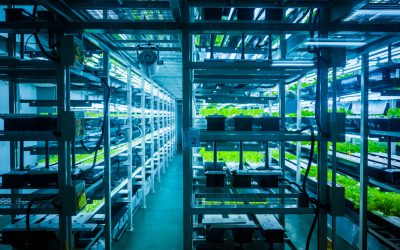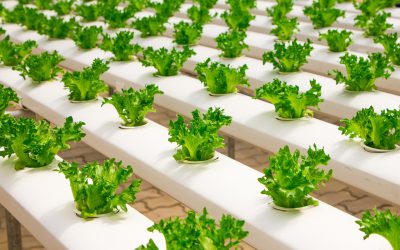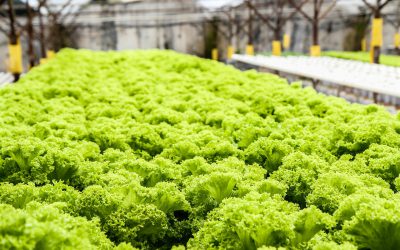Written by Jared Anderson
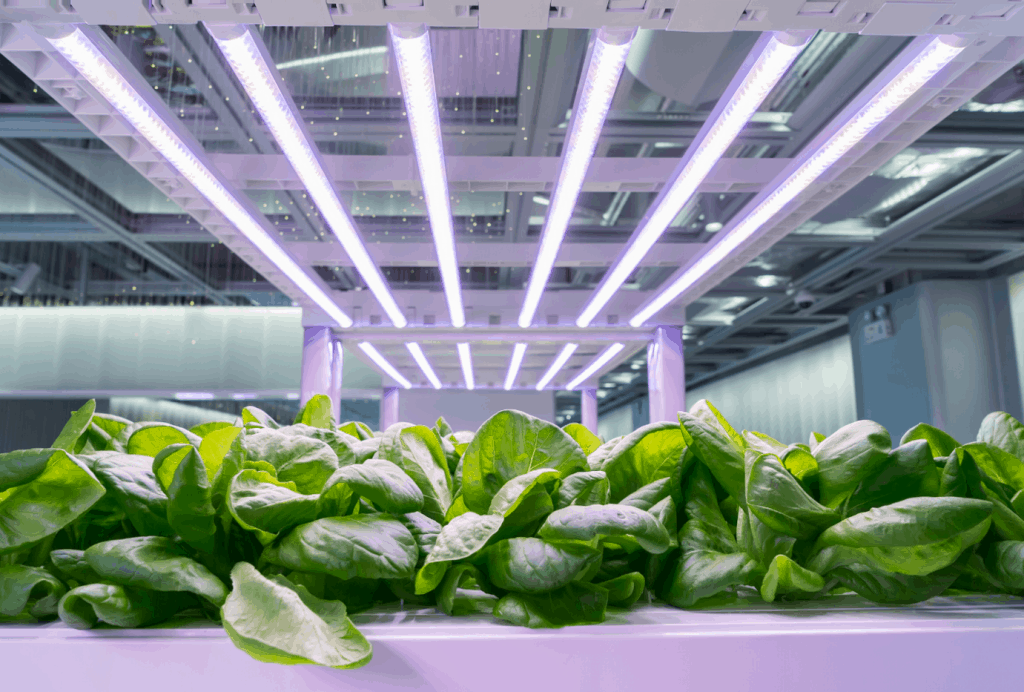
What Is Hydroponics?
So what exactly is hydroponics gardening? The word hydroponics means “working water.” And despite the fact you may have never heard of it, it’s been around for thousands of years. Hydroponics gardening or farming is the process of growing fruits, vegetables, herbs, etc. without the use of soil using nutrient rich water. The plants root systems are supported by using a grow medium like rockwook, clay pebbles, lava rock, perlite, peat moss or vermiculite. The nutrient rich water or commonly referred to as “nutrient solution” is delivered directly the plant’s roots typically by means of a pump system on a timer. A common type of hydroponics system called Deep Water Culture, is where the roots of your plants (flowers, fruits, vegetables, herbs, cannabis, etc.) are suspended in highly-oxygenated, nutrient-rich water.
Since the recreational legalization of cannabis in Colorado in 2006, the word ‘hydroponics’ has been knocking on the doorstep, of being a household term. Before then, you’d likely heard (or sung) the term ‘hydro’ referenced in songs by Nelly, Outkast, Bone Thugs-N-Harmony and probably a few hundred others. In these artists songs, ‘Hydro’ referring to certain strains of cannabis, derived from the method used to cultivate it: hydroponics (at least for most of them if we’re being technical here). So in a certain incognito way, hydroponics has been mainstream for quite some time now.
Over the coming years and decades hydroponics will become more of a norm in our everyday agriculture, not only in the cannabis industry, but for our fruits, vegetables and herbs. The United Nations expects that by 2030 there will be 8.5 billion and with more than half of us already condensed into big cities, hydroponics will be one of the ways we can tackle the growing demand for fresh locally sourced food, while reducing our freshwater usage.
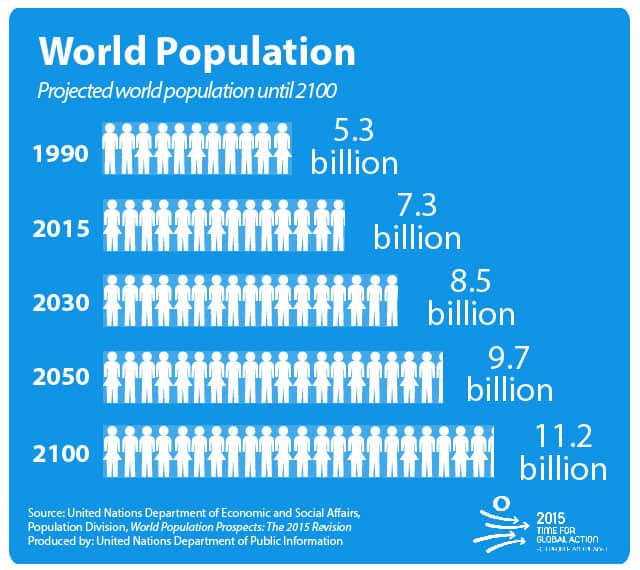
Table Of Contents
Where Did It Originate?
Hydroponics can be traced back as far as ancient Egypt, with hieroglyphics depicting plants growing along the Nile without soil. Some argue the first known existence of hydroponics dates back to the Hanging Gardens of Babylon. Looking at the process more literally, the term ‘Hydroponics’ derives from Greek which translates to ‘Water Works.’ When you create your first hydroponics system, you’ll be providing nutrient rich ‘Water’ that is made available to your plants by a force of gravity or a pump that ‘Works’ to make this available for the roots of your plants.
You might now be asking the question: So how did hydroponics start being used in the first place? Farming has never been easy, especially the further back in history we go. So as you can imagine, many faced challenges while growing crops in ancient times, and due to a range of difficulties with pestilence, scores of crop yields were devastated. These shortages had severe consequences for many communities, leading to widespread famine, along with warfare between neighboring tribes/communities all desperate for food. This dilemma, nearly out of necessity, lead people to the awareness of how effective growing plants in water can be, as found with the Aztecs of Central America.

In the 17th century, there was an emergence of scientific investigation into the biological makeup of plants. It was realized that the minerals a plant requires to grow are provided to the facility via the water in the soil. This is what lead to the findings that water alone could be used as a method of efficiently growing crops and plants.
Who Coined The Term ‘Hydroponics’?
The initial terminology for this type of growing was known as ‘nutriculture’ and this was spread to commercially produced crops between 1925 and 1935. However, it was not until the 1930s that the term ‘hydroponics’ was coined by W. F. Gericke, a professor at the University of California. Following that, the greenhouse industry started to incorporate hydroponics into their operations to tackle problems that were brought on by pests and diseases in the soil. In modern agriculture, hydroponics is now used across numerous countries to massive greenhouses spanning tens of thousands of acres.
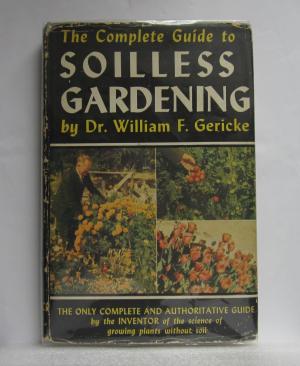
Hydroponics In The Military
During WWII, the United States and British Army’s used hydroponics as one of their sole methods for providing fresh produce to troops across bases in the Pacific Islands. Even after the war, hydroponics remained one of the primary sources of food production for the military.
It wasn’t really until the mid to late 70’s when hydroponics really found its stride, with the widespread adoption of plastics. Since then, there has been continuous development of more efficient systems and components (plumbing, pumps, lighting, timers, etc.).
Food Production On This Planet And Others
Hydroponics is consistently growing in popularity in the contemporary world, from backyard ventures to hydroponic applications on space stations! In fact, hydroponics will play a fundamental role in being able to provide nutrition as humans continue to explore the possibility of living on other planets like Mars. On a more basic level, hydroponics provides an affordable means of producing food for low-income areas of the world.
There are even branches of the United Nations that are investing in hydroponic education and providing subsidies to help people in impoverished conditions grow their fruit and vegetables. The popularity of growing hydroponically as a hobby has gained a fair deal of popularity over recent decades. With companies like Amazon and eBay having just about anything the heart can desire with just a few clicks of a button or swipes of a finger, starting your first hydroponics garden has never been easier.
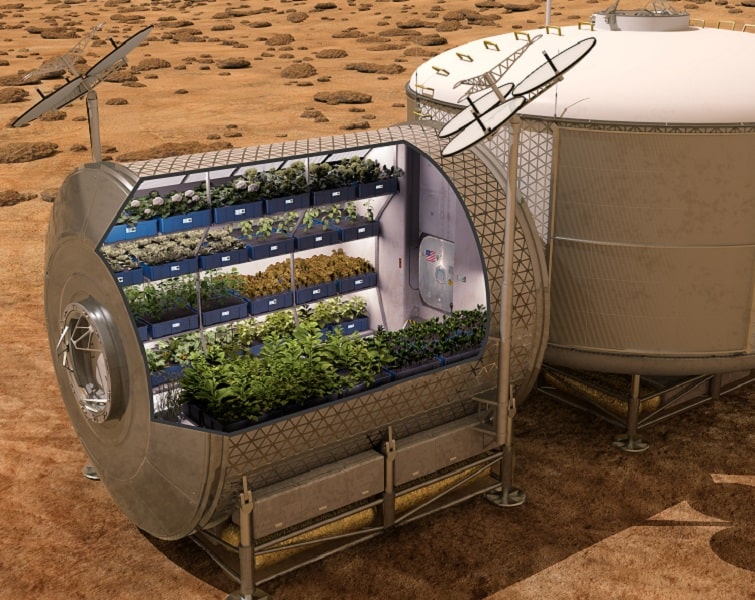
For those who’d never heard of hydroponics before, it’s a surprising fact that the hydroponic process is already responsible for providing food to millions across the globe. The science has now been improved to a level at which more fruits, vegetables, and herbs can be produced, at a higher quality, with less strain on natural resources than ever before. Hydroponic yields are at least 20% greater than with soil. This is also happening while using up to 95% less water than traditional methods.
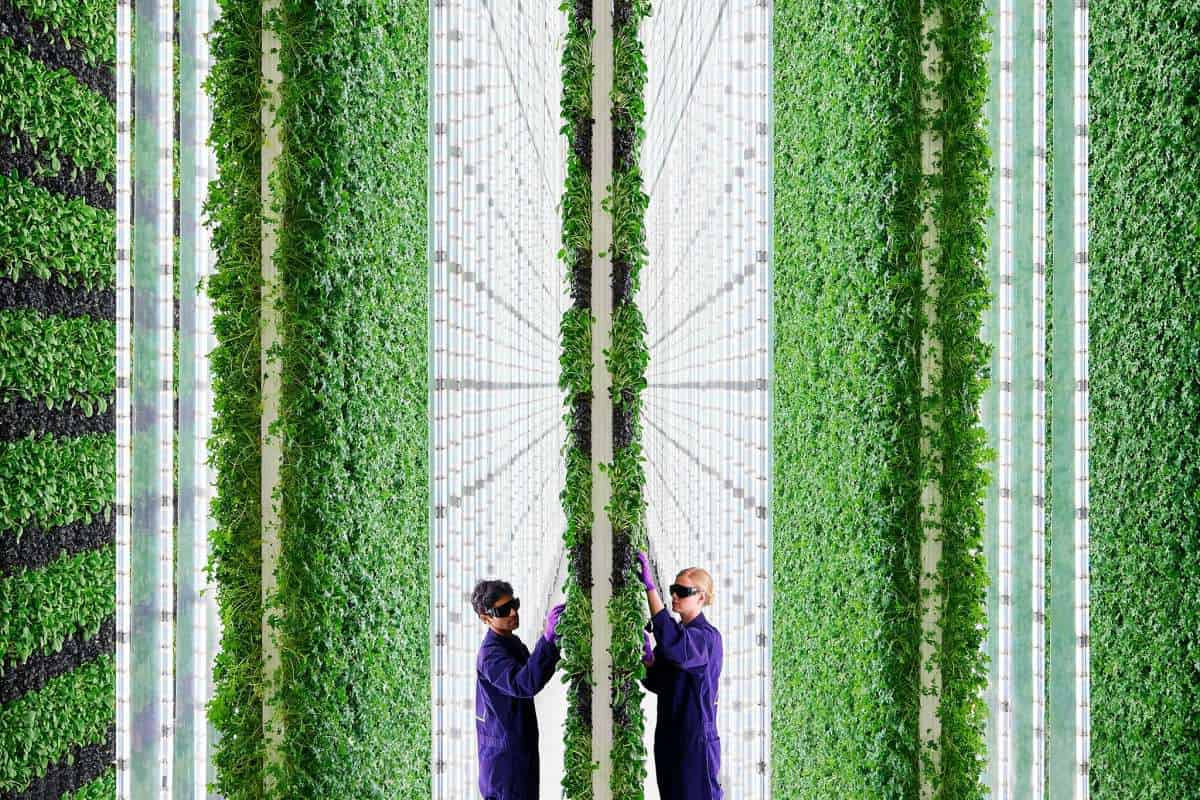
Photo: Plenty Unlimited Inc.
In most parts of the world, agriculture alone is responsible for more than 70% of freshwater use annually. With a planet of roughly 9 Billion hungry mouths to feed, it will require a 50% increase in agricultural production. And if we don’t start making a more significant change in how we grow that food, it could mean at least a 15% increase for freshwater demand. It makes blatant sense that a method that provides larger yields while using significantly less resources, must be the path forward and one of those methods is hydroponics.
Ready to get started growing hydroponically? Here are my two favorite hydroponics systems available on Amazon. They’re both great for beginners. Check them out at the links below:
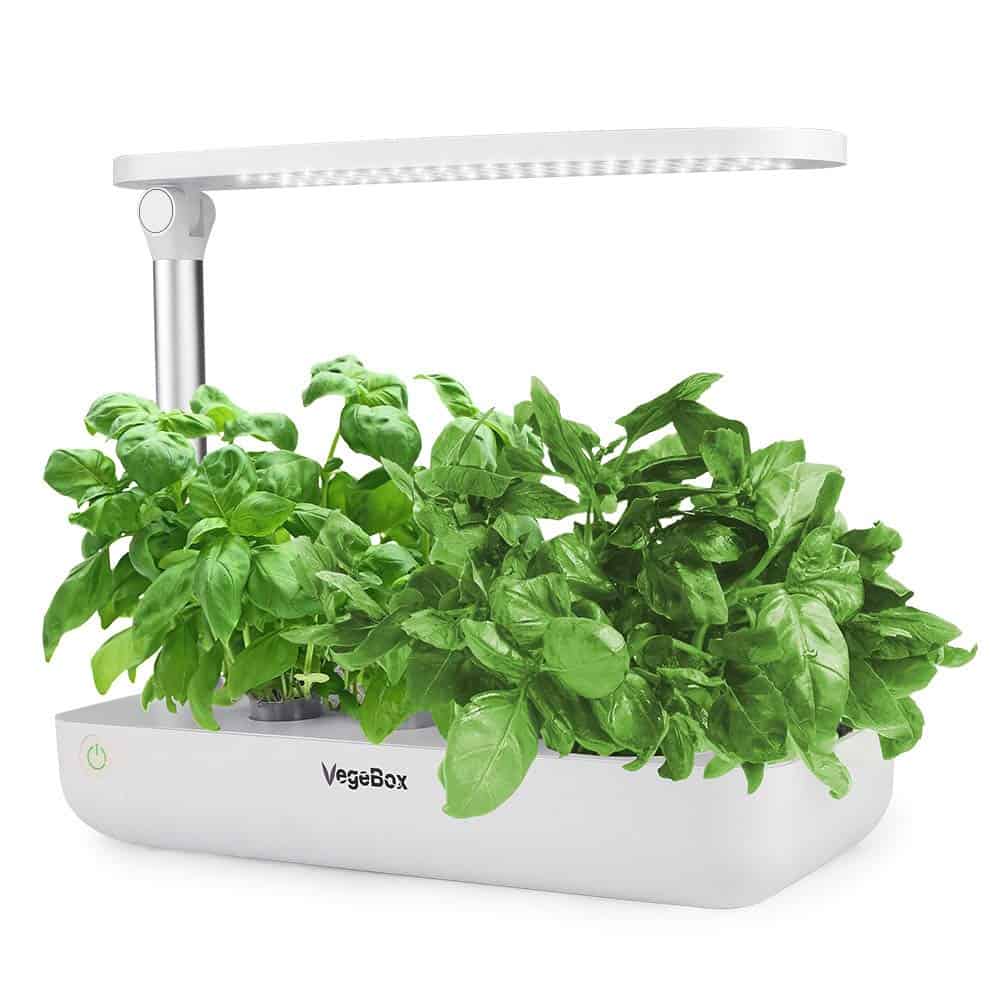
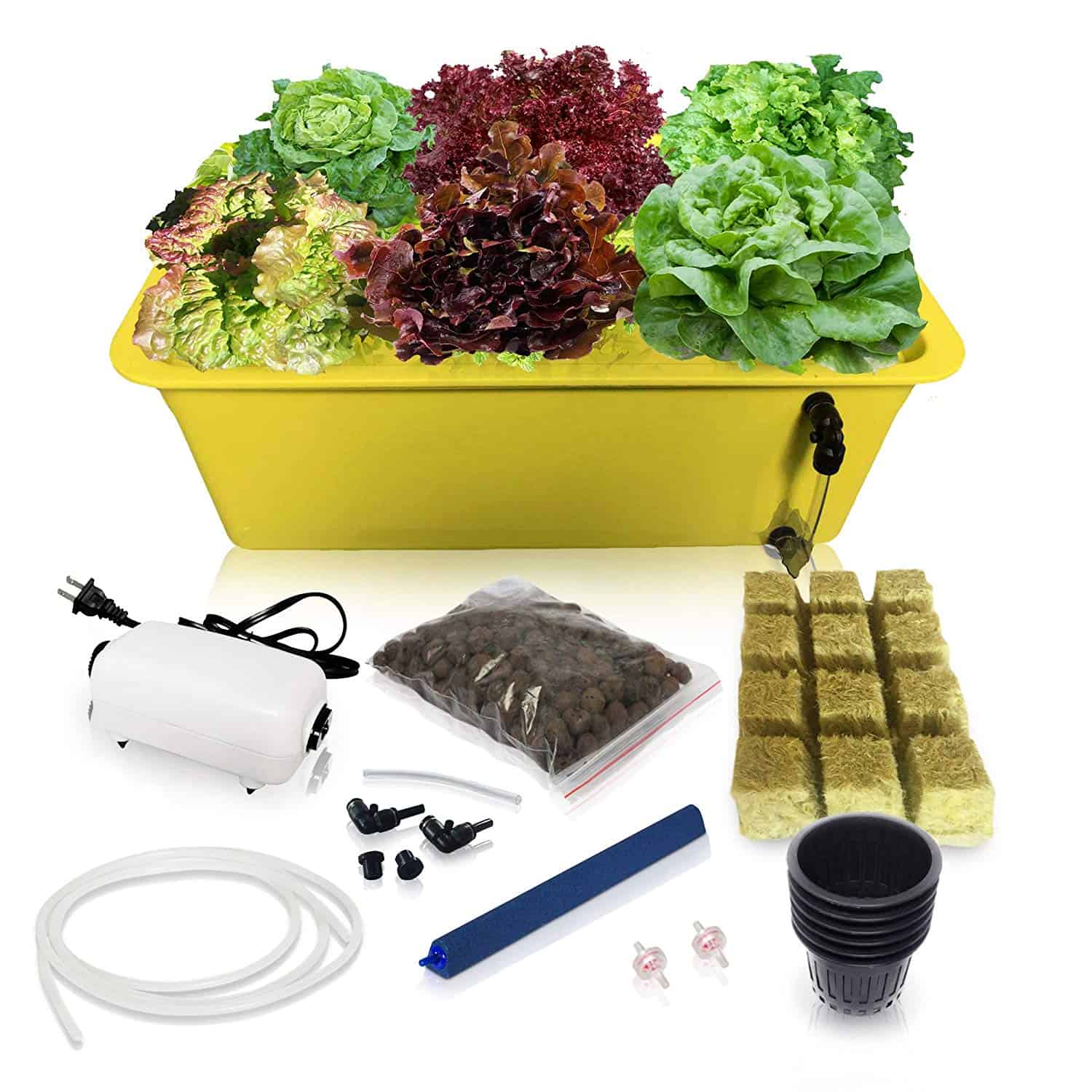
Here’s a short time-lapse of me building a large hydroponics NFT system:
Related Articles
The Complete Guide To Vertical Farming | What It Is and Why It’s So Important
With demands for fresh, locally sourced, non-GMO fruits, veggies, and herbs continuing to grow, the adoption of indoor vertical farms is increasing across the globe. Find out why, these farms are so important for the future of our food.
Nutrient Film Technique 101
The Nutrient Film Technique is one of many popular hydroponic growing techniques. In fact this method is deployed across both hobbyist gardens and large commercial grow operations.
A Deep Dive On Deep Water Culture Hydroponics Systems
What is Deep Water Culture or DWC hydroponics? Check out the benefits and how easy it is to get started growing using the DWC method.

